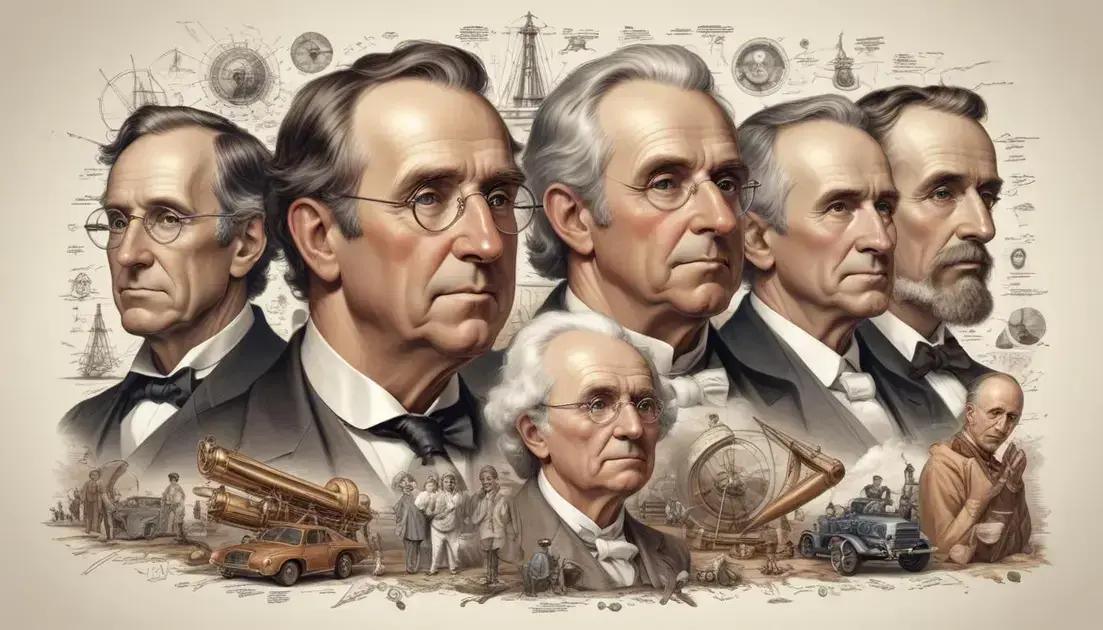
National Museum Fire: The Tragedy that Destroyed 200 Years of History
The National Museum fire in Rio de Janeiro in 2018 devastated Brazil’s cultural heritage, destroying over 20 million items, including vital historical artifacts. This tragic event sparked significant community mourning and calls for better funding to ensure the safety of cultural institutions. As plans for rebuilding progress, the focus remains on restoring not only the museum but also the community’s connection to its rich history, highlighting the vital importance of preserving cultural identity for future generations.
The National Museum Fire on September 2, 2018, marked a devastating loss for Brazil, obliterating 200 years of history. Are we doing enough to protect our cultural heritage?
The significance of the National Museum
The National Museum in Rio de Janeiro was much more than just a building. It held treasures that told the story of Brazil’s rich history. From ancient artifacts to unique cultural items, it was a place of learning and discovery.
What Made the Museum Special
With over 20 million items, the museum showcased Brazil’s diverse cultural heritage. These included fossils, historical documents, and indigenous memorabilia. Each piece revealed something important about our past.
The Museum’s Role in Education
More than just a collection, the museum served as an education hub. Schools frequently organized trips there. Students of all ages could explore history in a tangible way.
Community Connection
The museum was a gathering place for people from all walks of life. Families, historians, and tourists all came together to celebrate our shared heritage. It fostered a sense of community pride and identity.
When the fire struck, it took with it more than just buildings. It destroyed vital links to understanding who we are. The significance of the National Museum goes beyond its walls; it represented the very essence of Brazilian culture.
Details of the fire event
The fire at the National Museum started late on September 2, 2018. It quickly spread through the historic building. Firefighters arrived but struggled due to the lack of water pressure.
What Caused the Fire?
While the exact cause remains unclear, it’s believed that poor maintenance contributed. Many safety systems had not been updated for years. Reports showed that the museum faced budget cuts, which led to less funding for safety improvements.
The Aftermath of the Fire
The flames destroyed over 20 million items. Priceless artifacts, ancient documents, and cultural treasures were lost forever. The news shocked the nation, and many mourned the loss deeply.
Community Reaction
People held vigils and memorials in response to the tragedy. Social media was filled with messages of sorrow. Communities banded together to express their grief and anger over the loss of their heritage.
Efforts to rebuild and recover began almost immediately. Many Brazilians saw this event as a wake-up call for better funding and protection of cultural institutions.
Impact on cultural heritage
The impact of the National Museum fire on cultural heritage is immense. It didn’t just erase artifacts; it erased connections to our past. For many, these items were not only ancient pieces but symbols of identity.
Loss of Historical Treasures
With the fire, priceless relics from various cultures vanished. Unique fossil collections and invaluable documents were lost forever. Such losses create a gap in our understanding of history.
Effects on Communities
Local communities felt the fire’s loss deeply. People shared stories and memories tied to the museum. Community identity took a hit, as many had used the museum as a learning space.
Long-term Consequences
The fire raised concerns about funding and safety at cultural institutions. It’s a wake-up call for preserving what remains. Many fear future generations may not have access to these great treasures.
Rebuilding and recovery efforts are now vital for restoring cultural pride. Museums worldwide will likely look to this event as a lesson on the importance of preservation.
Community response and mourning
The community response to the National Museum fire was strong and heartfelt. People from all walks of life came together to mourn the loss. Many felt a deep sense of grief for what was lost.
Vigils and Memorials
Following the fire, locals held vigils outside the museum. They laid flowers and lit candles to honor the lost treasures. This showed the deep love people had for their cultural history.
Social Media Reactions
Social media exploded with messages of sadness. Posts shared memories tied to specific artifacts. Many expressed their anger and frustration about the museum’s funding and safety issues.
Calls for Action
In the aftermath, many voices called for change. Community leaders urged better funding for museums. They wanted assurance that cultural landmarks would be protected in the future.
This tragedy brought people closer. It highlighted the importance of cultural heritage and the need to preserve it for future generations.
What’s next for the National Museum
What’s next for the National Museum is a crucial question for many. After such a devastating fire, plans for rebuilding are in motion. Restoration is not just about rebuilding walls; it’s about reuniting a community with its heritage.
Rebuilding Efforts
Efforts are underway to redesign the museum. Architects and planners are discussing how to incorporate modern safety standards. These steps will help protect against future disasters.
Funding and Support
Securing funding is vital. The government and private donors are being urged to help. Local and international support may also play a role in recovery.
Community Involvement
Community input is essential for this project. Workshops and forums will gather ideas and suggestions. Engaging the public helps ensure that the new museum reflects its community’s identity.
Plans for temporary exhibits may arise as the rebuilding process begins. This will keep the public engaged and connected to their cultural heritage.
Conclusion
In conclusion, the National Museum fire was a heartbreaking event that affected many. It reminded us of the importance of preserving our cultural heritage. Moving forward, rebuilding the museum is crucial for reconnecting the community with its past.
Support from both the government and individuals is essential for this recovery. By involving the public in the rebuilding process, we can create a new space that honors our history while ensuring safety for the future.
The journey ahead will take time and effort, but with determination, we can restore what was lost and continue to celebrate our rich cultural identity.


